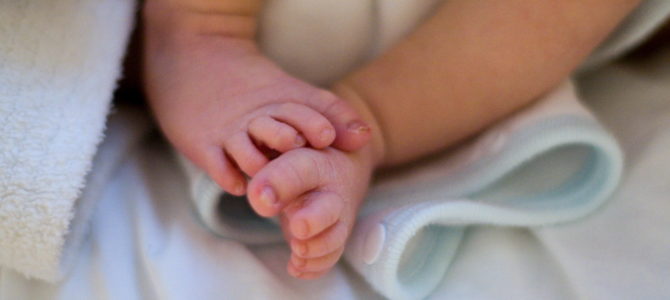For the past several decades, America’s birthrate has been dropping at an alarming rate that could result in a demographic winter in which aging populations grow larger while younger generations grow smaller.
Worldwide, the number of children younger than five will fall from 681 million in 2017 to 401 million in 2100, while the number of people older than 80 years old will rise from 141 million in 2017 to 866 million in 2100, predicts Professor Christopher Murray, the director of the Institute for Health Metrics and Evaluation at the University of Washington.
“It will create enormous social change. It makes me worried because I have an eight-year-old daughter and I wonder what the world will be like,” Murray told the BBC. “It’s incredibly hard to think this through and recognize how big a thing this is; it’s extraordinary. We’ll have to reorganize societies.” Falling birthrates “are not a sustainable solution,” he said.
Coupled with the birth drought has been a decline in the rate of marriages in the United States. Together, this will mean the needs of the elderly – such as Social Security, Medicare, and long-term care – are set to greatly outweigh the ability of the young to meet those needs.
For instance, taking care of elderly parents is often a team effort among several siblings. With fewer siblings, that responsibility will more likely fall upon one individual, or if there are no children, upon the government. This leads to greater stress and anxiety for both the aging parent and the child.
In the early days of the COVID-19 lockdowns, marriage and birthrates fell even more – with birthrates falling by more than 4 percent.
Marriage Rates May Increase
Marriage rates are now on the upswing as those who paused wedding plans during the pandemic rescheduled. But it’s too soon to tell if the increase is just a blip.
Couples are re-evaluating their lives and deciding to make a lifelong commitment to each other. With that commitment often comes children, as couples settle down and start thinking about forming families. Younger adults have also saved a lot of money during the pandemic and remote work has created flexibility that could encourage more marriages.
Ron Haskins of the Brookings Institution explains how marriage is a positive for society: “If young people do three things — graduate from high school, get a job and get married, and wait until they’re 21 before having a baby — they have an almost 75 percent chance of making it into the middle class.” If they make it into the middle class, they are more likely to be able to be productive citizens with stable families.
This increase in weddings means “that we have in a couple of years here where we have somewhat more positive fertility than was previously expected,” since couples often wait to marry before having kids, notes Lyman Stone, a research fellow at the Institute of Family Studies. But it’s still far from making up for declining American birthrates, which are at 1.6 children for American women and have fallen from 2.1 children in the early 1980s – a number demographers call “replacement-level fertility.”
More Children Will Create a Less Selfish Society
There are other benefits to our society besides economic stability when birthrates rise. When couples have children, they tend to become less “me-centric” and more attuned to making personal sacrifices for their children. Children help turn selfish behavior into unselfish behavior. Instead of focusing on themselves and their perceived needs, adults now focus on their children and show a greater concern for their future rather than focusing on their present wants.
The United States, despite the decline in birthrates, faces a less challenging task in maintaining its demographic balance than other countries with falling birthrates, such as many in Europe, notes Steven Malanga, senior fellow at the Manhattan Institute.
Perhaps this recent uptick in birthrates is the beginning of achieving that demographic balance and will bring an economic, emotional, and even physical healing and restoration to our nation. It could transform our society from being trapped in a fallow winter of exploding entitlements to an abundant spring that can adequately care for all its members, and with a special focus on the needs of others rather than the needs of one individual.








